Justein
Selina
Production
Ruth
Katie
Dianne



Justein
Selina
Production
Ruth
Katie
Dianne


BETTY INGERSON, BSL BOARD OF DIRECTORS, ARC LIAISON
There were five Single-Family Home Applications reviewed by ARC in January. Three of these were recommended for approval, and two were held for additional information. Fifteen other applications were reviewed. Twelve were recommended for approval, two were held for additional information, and one was rejected.
Effective January 2025, there were sixtyeight new homes in the construction process. A total of twenty new homes have received Certificates of Occupancy this fiscal year (October 2024 to September 2025).


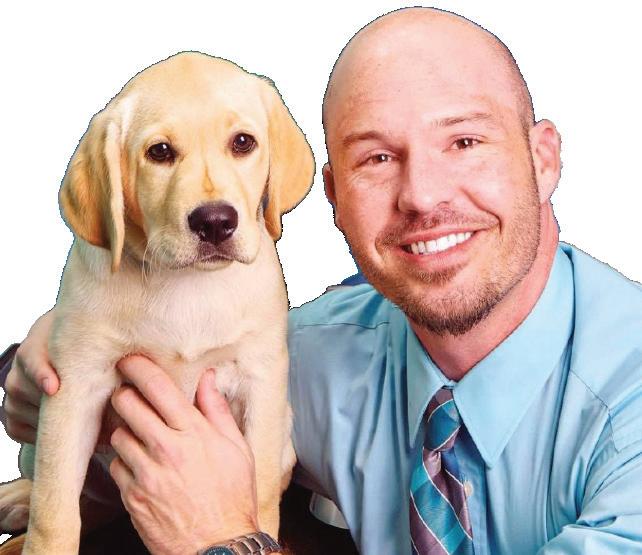
The following architectural projects were either approved or conditionally approved by the Burnt Store Lakes Board of Directors during the January 14, 2025, Board Meeting:
NEW HOMES
24060 Peppercorn Rd
17282 Carroway Ln
24260 Vincent Ave
OTHER CONSTRUCTION
24414 Nicobar Ln
16464 Belo Ct
24334 Saragossa Ln
24226 Santa Inez Rd
SPEC HOME: 3,458 Sq Ft (2,084 AC). 4 bedrooms, 3 baths, 3 car garage, concrete driveway. Metal roof, color Black. Home color Perfect Taupe, trim Nano White by Florida Property Team. No pool.
SPEC HOME: 3,001 Sq Ft (1,914 AC). 3 bedrooms, 3 baths, 3 car garage, concrete driveway. Metal roof, color Black. Home color Lunar Surface, trim Nano White by Florida Property Team. No pool.
SPEC HOME: 2,681 Sq Ft (1,810 AC). 4 bedrooms, 3 baths, 2 car garage, concrete driveway. Metal roof, color Black. Home color Polar Bear, trim Weathered White by Florida Property Team. No pool.
EXTERIOR PAINT & TRIM: Paint home from Honey with Cream Trim to Latte with Kilion Beige Trim by Golf Coast Renovations and Painting.
EXTERIOR PAINT & TRIM: Paint home from Light Gray with Black Trim to White (Blank Canvas) with Brown (Gardner’s Soil) trim by Owner. Next door homes are Gray and Beige.
EXTERIOR PAINT & TRIM: Repaint home from Faded Dark Beige with Nice Cream trim to Cavern Clay with Nice Cream trim by Owner. Next door homes are White with Black trim and Mauve with Yellow trim.
EXTERIOR PAINT & TRIM: Repaint home from Beige with White trim to Elemental Gray with White trim by Blue Fox Painting. Next door home is Beige with White trim.
24496 Peppercorn Rd EXTERIOR PAINT & TRIM: Repaint home from Beige to Timson Sand with Capital White trim by Owner. Home sits with empty lots on both sides.
17440 Cayo Ln
EXTERIOR PAINT & TRIM: Paint home from White with Terracotta Trim to Sunset with White trim by Sunbelt Home Solutions. Next door home Off White with White trim
24496 Peppercorn Rd POOL CAGE REPLACEMENT: Replacement of hurricane damaged pool cage by Owner.
17391 Yosemite Ct POOL CAGE REPLACEMENT: Replacement of hurricane damaged pool cage by Massey Contracting.
24246 Belaric Ln
ENCLOSURE SHIELD: White vinyl, 6ft H x 5ft W x 12ft L with one gate in front of enclosure by All American Fence & Gate. Set 7ft x 7ft in back from front of home.
17105 Barcrest Ln ROOF: Tile-to-Metal, color Charcoal by Siesta Roofing, LLC.
24410 Peppercorn Rd
24407 Cabana Rd
IRRIGATION WELL: 4” wide well installation on right rear of home, behind garage addition by Labelle Well Drilling.
IRRIGATION WELL: 4” wide well installation on right rear of home, 6 ft from rear property line, 25 ft from right property line by H2O Systems.
Join Your Neighbors!

Located off Rio Togas near Burnt Store Road.
Sunday, March 9 1 to 3 p.m.
Please bring a meat dish, casserole, side dish and/or a dessert to share with 12 to 15 people and bring your own beverage.
Plates, silverware, napkins, and water will be provided.
Come for the food and stay for the fellowship and fun!
We hope to see EVERYONE there!

BETTY INGERSON, BSL BOARD OF DIRECTORS, ARC & COMMUNICATIONS LIAISON
Many homes in Burnt Store Lakes have fences. Fences can provide benefits including increased security, property delineation, aesthetics, and improved property value. Fences act as a visual boundary preventing accidental or intentional trespassing and improve the security of the structure they surround. If you have a backyard pool, a fence may be required by law. Fences are not just designed to keep people and animals out,
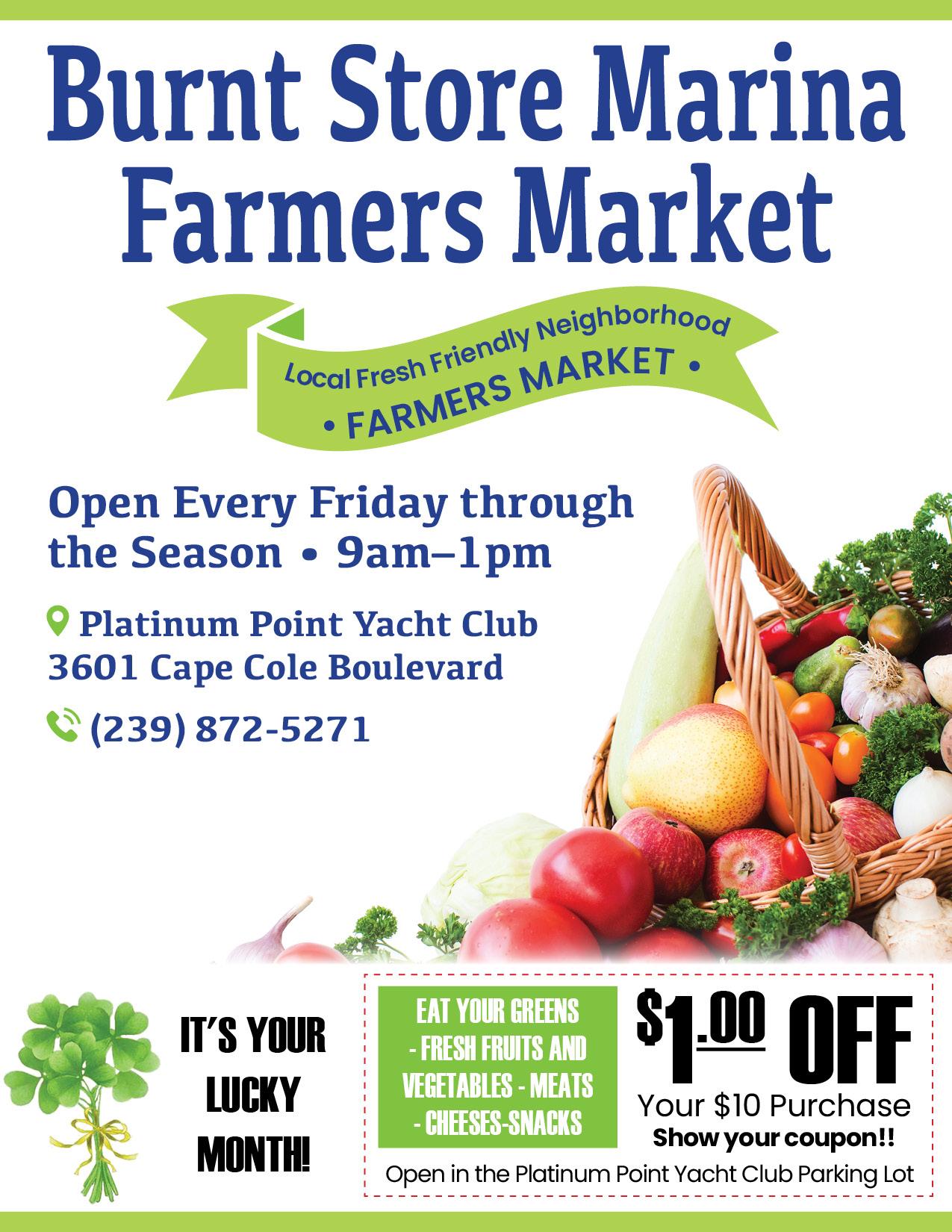
but they also keep things in, like children and pets. From a safety perspective, knowing your children and pets are in a yard that is fenced offers peace of mind when it comes to their well-being. Most fences are built for purely practical reasons, but the fact is that a carefully chosen visual style can dramatically increase the aesthetic value of a property. If the fence is considered an improvement to your home, it can also increase the assessed value of your property.
But fences do not necessarily help create healthy neighbor relationships, especially if you want one and your neighbor doesn’t. It is always a good idea to inform your neighbors
that you are thinking about building a fence. Positive and healthy neighbor relationships lead to strong neighborhoods. And strong neighborhoods foster diverse relationships, too.
If you are considering adding a fence to your property, remember that Burnt Store Lakes Property Owners’ Association is a Deed Restricted Community. Our governing documents require consistency in structure improvements such as fences. These regulations ensure a uniform community appearance that helps maintain property values and the sense of community many residents love.


Sandy Funk, President
Rob Hancik, Vice President
David Todd, Treasurer
Betty Ingerson, Secretary
Richard Hefright, Director at Large
Edie Johnson, Director at Large
Jeanie Jordan, Director at Large
Architectural Review
Communications
Betty Ingerson
Betty Ingerson
Mechanical and Maintenance
Richard Hefright
Long Range Planning
Beautification
Jeanie Jordan
Jeanie Jordan
Lakes Quality David Todd
Drainage
Edie Johnson
County Liaison Rob Hancik
MSBU’s and Coalition
County Commissioners, etc.
Deed Restrictions Sandy Funk
Enforcement
Document Revisions
Board of Directors meeting is Tuesday, March 11 at 3 p.m.
Meetings are hybrid meetings held in the Community Center and available by Zoom.
16500 Burnt Store Road, Suite 102 (941) 639-5881
Fences are one of the most frequent applications reviewed by the Architectural Review Committee (ARC). They are also frequently rejected on the first submission because they do not comply with our deed restrictions. Our restrictions are more stringent than the Charlotte County Zoning restrictions and take precedence over the county. If you are considering installation of a fence, please refer to Sections 5.27 and 5.272 of our Declaration of Restrictions to ensure your application complies the first time it is submitted. The restrictions are available on our website at https://www.bslpoa.org. Key requirements include:
• County Approval : A Charlotte County Zoning Permit is required for fence installation. The county allows fences to be installed on the property line. This is not permitted in Burnt Store Lakes.
• Side and Rear Setbacks: Fences are recommended to be placed at the Charlotte County 6-foot drainage and utility side setbacks and the 10foot rear public utility easement but no less than 3 feet inside the property line to enable required landscaping, maintenance, and drainage access. Please remember that in many cases the setback between homes is only 15 feet (7.5 feet per property). If you and your neighbor both install fences 3 feet from the property lines, only 9 feet is left between the homes for landscaping, maintenance, and drainage. This can result in an overall unattractive appearance.
• Front Setbacks: Fences require a minimum setback of 3 feet from the front elevation of the building.
• Construction Materials: Chain-link fences of any design or type of weave, structure, or composition are not allowed. Most fences installed are made of
aluminum. Vinyl fences are allowed. Gates are also allowed.
• Height: Fences cannot exceed a height or elevation of more than 4 feet above ground level.
• Landscaping: Landscaping is required around the perimeter of all fences.
• Vacant Lots: Fences cannot be installed on vacant lots.
When you are ready to install a fence, please submit a Fence, Enclosure Shield or Wall Application Form to the Burnt Store Lakes Office at 16500 Burnt Store Road - Suite 102, Punta Gorda, FL 33955 or email it to office@bslpoa.org. Questions can be directed to the BSL Office at (941) 639-5881. Forms are available on the website at https://www.bslpoa. org/p/Forms-Fee-Schedule. Please ensure all required items are attached. These include: 1) A sample or photo of the project material, 2) A site plan of the home with the front, side, and rear setbacks showing where the fence will be installed, 3) A current Contactor’s Certificate of Liability Insurance showing BSLPOA as an additional insured (if a contractor is involved), and 4) A Landscape Plan showing the types of plantings and where the plantings will be installed around the fence.
In summary, fences are a welcome structural improvement to homes in Burnt Store Lakes. They can improve

security and safety and enhance the value of your property when installed appropriately. Please remember fences need Association approval and must follow the Association’s Declaration of Restrictions which are more stringent than Charlotte County zoning requirements.

BETTY INGERSON, BSL BOARD OF DIRECTORS, COMMUNICATIONS LIAISON AND WEBSITE ADMINISTRATOR
Welcome to Burnt Store Lakes! We are excited that you have chosen Burnt Store Lakes Property Owners’ Association (BSLPOA) as your home. We are a friendly community that is here to help with any questions and share information about our beautiful neighborhood. Our website allows us to welcome you and share the ins and outs, the activities, the benefits, and the advantages of living in Burnt Store Lakes.
The Burnt Store Lakes website is the best way to make sure you are up to date on what is going on in the community. We strongly encourage all new residents and property owners to go to the BSLPOA Website (www.bslpoa.org) and register for access. Once registered, you can automatically keep informed. Select the types of email communications you wish to receive (notifications, alerts, updates, bulletins, etc.). You will also be listed in the online Resident’s Directory, and find helpful information regarding community activities, governing documents, forms, policies, deed restrictions, and other contact information. Note that many areas of the website are only available to registered members, so signing up is important!

REGISTER ON THE WEBSITE TO RECEIVE BSL EMAILS!
• Update your information if any changes are needed. You are the only one that can update your emails, phone numbers, etc. If you are not receiving your Monday email bulletins, please check your email for accuracy.
• Privacy and passwords controlled by member
• Email blasts for instant information sharing
• Weekly bulletin updates listing past notices
• Classified listings
• Calendar with RSVP available for events
• BSL information – documents, forms, etc., available 24/7/365

People born in March are often characterized by their empathetic, creative, and adaptable nature. Influenced by their zodiac signs, Pisces and Aries, and the unique aspects of being born in the third month of the year, their personalities are quite captivating. Individuals born in March exhibit several personality traits that set them apart:
• Empathetic: March-born individuals are sensitive to others’ emotions and often show genuine care and understanding.
• Creative: People born in this month have a natural inclination towards creativity, often excelling in arts and crafts.
• Adaptable: March-born individuals can easily adjust to new situations and environments.
• Intuitive: People born in March possess a strong intuition, which guides their decision-making process.
• Courageous: March-born individuals are brave and willing to face challenges head-on.




QUOTE OF THE MONTH

BE CAUTIOUS IF THE EMAIL:
• Doesn’t use your full name and has a generic greeting.
• Has incorrect logos, design or looks strange.
• Contains suspicious website links.
• Includes attachments and software.
BE WARY OF FALSE URGENCY.
• Scams often create a false sense of urgency. If in doubt, log in to your account to check for urgent messages or notifications.

WATCH OUT FOR OFFERS THAT SEEM TOO GOOD TO BE TRUE.
• Scammers may use false promises like money in exchange for a favor, lottery wins, or unsolicited job offers.
NEVER PROVIDE PERSONAL, CREDIT CARD, OR ACCOUNT INFORMATION VIA EMAIL, TEXT, OR PHONE.

There are many remarkable things about octopuses—they’re famously intelligent, they have three hearts, their eyeballs work like prisms, they can change color at will, and they can “see” light with their skin. One of the most striking things about these creatures, however, is the fact that each of their eight arms seems to have a mind of its own, allowing an octopus to multitask in a manner that humans can only dream about.
At the heart of each arm is a structure known as the axial nervous cord (ANC), and a new study published January 15 in Nature Communications examines how the structure of this cord is fundamental to allowing the arms to act as they do. Cassady Olson, first author on the paper, explains to Popular Science that understanding the ANC is crucial to understanding how an octopus’s arms work: “You can think of the ANC as equivalent to a spinal cord running down the center of every single arm.”

It’s this modular structure, Olson says, that allows some of the work involved in controlling the arm’s movements to be delegated to the neurons in these segments, rather than everything being controlled by the octopus’s brain. “The segmentation we see in the cell body layer of the ANC can be thought of as repeated processing units along the ANC,” she says. “This provides the benefit of local processing for arm motor control, subdivided into smaller units, rather than a central command sent from the brain through a bundle of nerve fibers.”
While such segmented structures aren’t unique to octopuses—worms, for instance, have entirely segmented bodies—Olson says that a key difference between octopuses’ arms and creatures like worms is that “the segmentation we describe in cephalopod arms pertains mostly to [the] nervous system.”
The inner workings of octopus arms might seem a world away from everyday human life, but there’s a surprising amount of real-world utility to this research. The field of “soft robotics,” which involves the construction of robots from soft, pliable substances rather than the chromepolished steel of popular imagination, has taken plenty of inspiration from octopuses. Designers in this field have often used segmented designs for structures that resemble octopus arms, and Olson says that finding an example of such a plan in nature has the potential to refine and improve such robots: “Our research provides a circuit framework for how the octopus ANC controls the arm and suckers which could be
used in soft robot design trying to mimic the octopus arm.”
In particular, she cites the evidence the team found for a so-called “suckerotopy,” a spatial map of sucker positions created in the ANC by reference to the position of the nerves on individual suckers. The neural wiring for this, she says, “is reminiscent of a ring attractor structure,” a type of neural structure that acts as a sort of gyroscope, allowing an animal (or a robot) to orient itself in space. These have been used to create biophysical models of the arm and suckers, and a real-life example could provide new ways to refine these designs.
There are many more such insights waiting to be had, Olson says, because there’s still plenty we don’t understand about octopus biology— and it’s precisely because cephalopods’ bodies and nervous systems are so different to our own that they have the potential to provide unexpected insights. Olson says that this is what makes these animals both challenging and fascinating to study. “It’s exciting to study cephalopod nervous systems. Octopuses diverged from vertebrates many million years ago and have a very different body plan, so for nervous system structure and function, it’s interesting to ask what is still similar and what is different.”
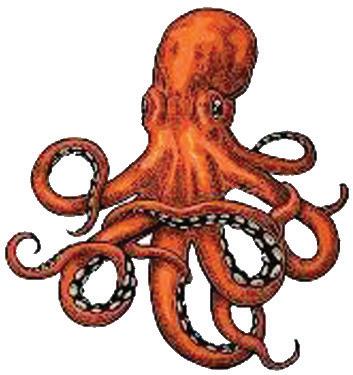
INHABITANTS OF BURNT STORE LAKES AND NEARBY AREAS HAVE ENCOUNTERED ALLIGATORS FROM TIME TO TIME.
If you cross paths with an alligator that …
a. is in a place considered unacceptable, such as a swimming pool, lanai, garage, etc.,
b. you consider a threat to people, pets, or property,
c. approaches people, or
d. doesn’t retreat if approached,

… please call the BSL POA office at (941) 639-5881.
Do not feed or harass it. Doing so is dangerous and illegal.
Visit the Burnt Store Lakes Property Owners Association website for more information.

Across time, full moons were used to track the seasons. It was a method of timekeeping. The full moons were often given special names that reflected nature’s signs.
The moon names used in The Old Farmer’s Almanac come from Native American, Colonial American, or

other traditional North American sources passed down through generations. For example, the name of January’s Wolf Moon is not a traditional Native American name; it is thought to have English origins and was brought to North America by European settlers. TRADITIONAL
The first full moon of the calendar year is January’s Wolf Moon. Its name derives from the idea that wolves could be frequently heard howling during the depths of winter. Both Native Americans and Europeans used the name, as the animals were once commonly found throughout both continents.
The Snow Moon was so named because February is traditionally the coldest month in the Northern Hemisphere; the month is also particularly likely to see snowfall. There are also other names for this moon among North American people that are likewise connected with the chill of winter. The Comanche, for instance, refer to February’s full moon as the Sleet Moon.
March’s full moon became known as the Worm Moon because this month typically marks the beginning of milder weather as the seasons transition into spring; it’s the time when earthworms begin popping up from the warming soil. Native American tribes in the southern parts of the continent used this name, as those in more northern places with colder soil often did not see earthworms appearing this early.
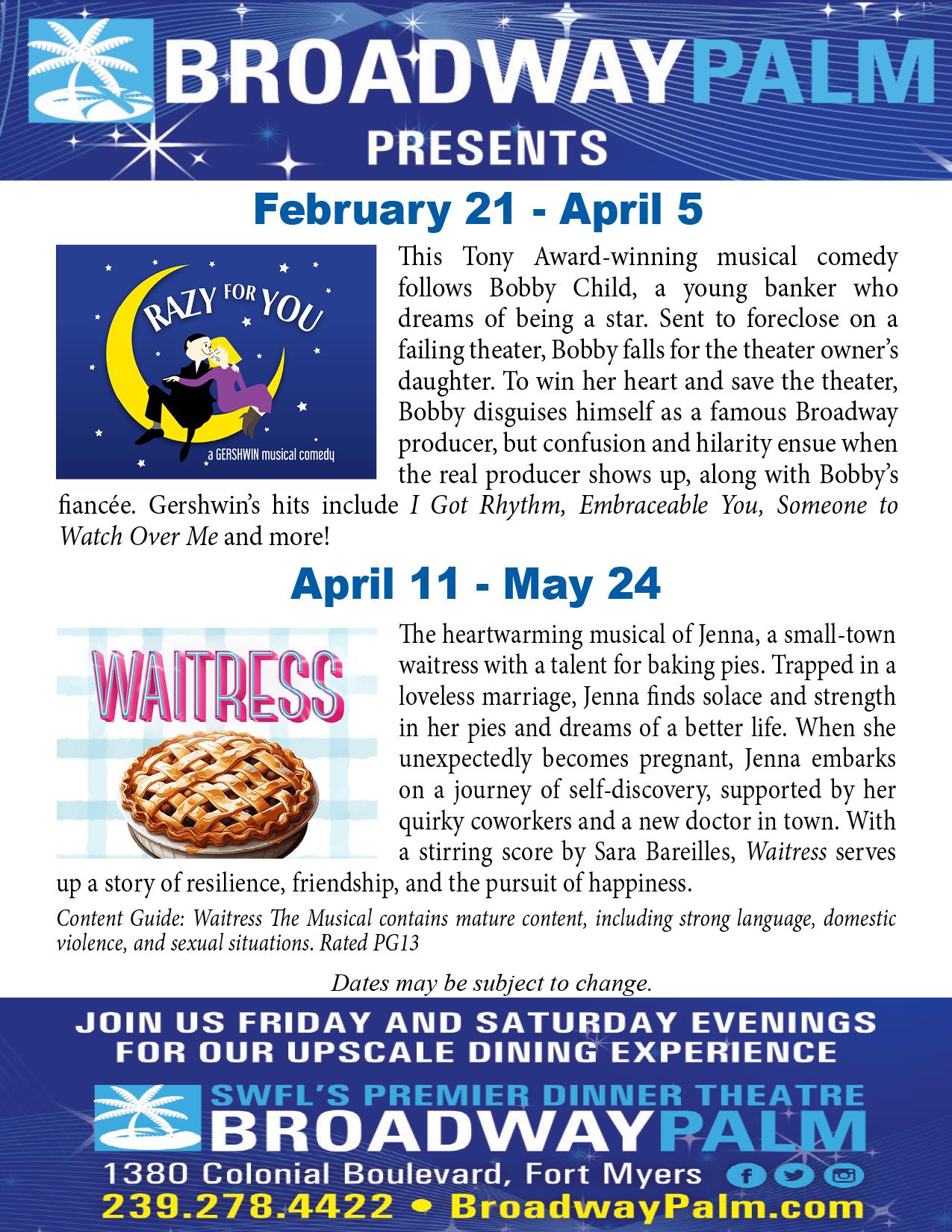
April’s full moon references the perennial moss phlox, known in Latin as Phlox subulata. Its beautiful pink flowers often blossom in April in North America. (The moon itself, however, is not pink at this time.) Several Native American cultures and European cultures have their own names for April’s full moon, many of which were inspired by plants growing and blossoming in spring.
May’s full moon is also a nod to nature’s beauty, as many species of flowers in the Northern hemisphere begin to bloom during this month. The name originates from the Algonquin people of Canada
and the Northeastern U.S. In medieval English culture, May’s full moon was sometimes known as the milk moon as it appeared at a time when the animals were frequently milked.
Bucks—or in other words, male deer—usually see their antlers reach their peak length in July. (The animals shed their antlers during winter, then begin growing new ones in the spring.) The Buck Moon, like other names on this list, was coined by the Algonquin people.
Sturgeons are abundant in the summer; August itself is known as a great month for fishing. The Algonquin people historically relied on the sturgeons found in the Great Lakes as a source of food.
September’s full moon can have two names: the Corn Moon and the Harvest Moon. The former honors the time of year when corn is traditionally harvested. But September’s full moon is more often known as the Harvest Moon. This is the full moon that occurs closest to the fall equinox. When the full moon closest to the autumnal equinox rises in October rather than September, the ninth month’s moon is referred to as the Corn Moon.
October marked the transition toward winter and was therefore a time when people hunted to stock up on food for the dark, cold months ahead. The light of the full moon helped illuminate the surroundings of those who hunted by night.
The Beaver Moon is also connected to winter’s approach, as it alludes to the animals’ tendency to create dams and secure their homes in preparation for the frigid months ahead. The name is rooted in both Native American and early European cultures. An alternative name some Indigenous people in North America use is the Frost Moon, which also references the cold conditions November brings.
The Mohawk people dubbed the final moon of the year the Cold Moon due to the dark, cold nights traditionally experienced during December in the Northern Hemisphere (the Mohican people refer to it as the Long Night Moon). Another more specific name for this moon is “the moon when the deer shed their antlers.” In some European cultures, the full moon that rises before the winter solstice is known as the Yule Moon or the Oak Moon.

St. Patrick, the patron saint of Ireland, is celebrated on March 17 every year. It is a great day of parades, pub going, and general shenanigans.
Irish people are very proud of St. Patrick and the traditions that go hand in hand with his celebratory day. Guinness is flowing, and communities gather to watch parades in cities and towns.
Sprigs of shamrock are often pinned to lapels and leprechauns can be spotted weaving in and out of the crowds.
However, there are a few facts not everyone knows about St. Patrick.
*HE WASN’T IRISH.

St. Patrick is the patron saint of Ireland. He is most popular for converting the pagan Irish people of the fifth century A.D. to Christianity. But although a clear apostle of Ireland, Patrick was British.
Born and raised in the village of Banna Vemta Burniae (a town in Roman Britain), Patrick acknowledges Britannia – Britain’s largest island consisting of England, Scotland, and Wales –as his home. Some say he was from lowland Scotland while others suggest he was from Wales. One thing we can be sure of, though, it was across the Irish Sea where he became a patron saint.
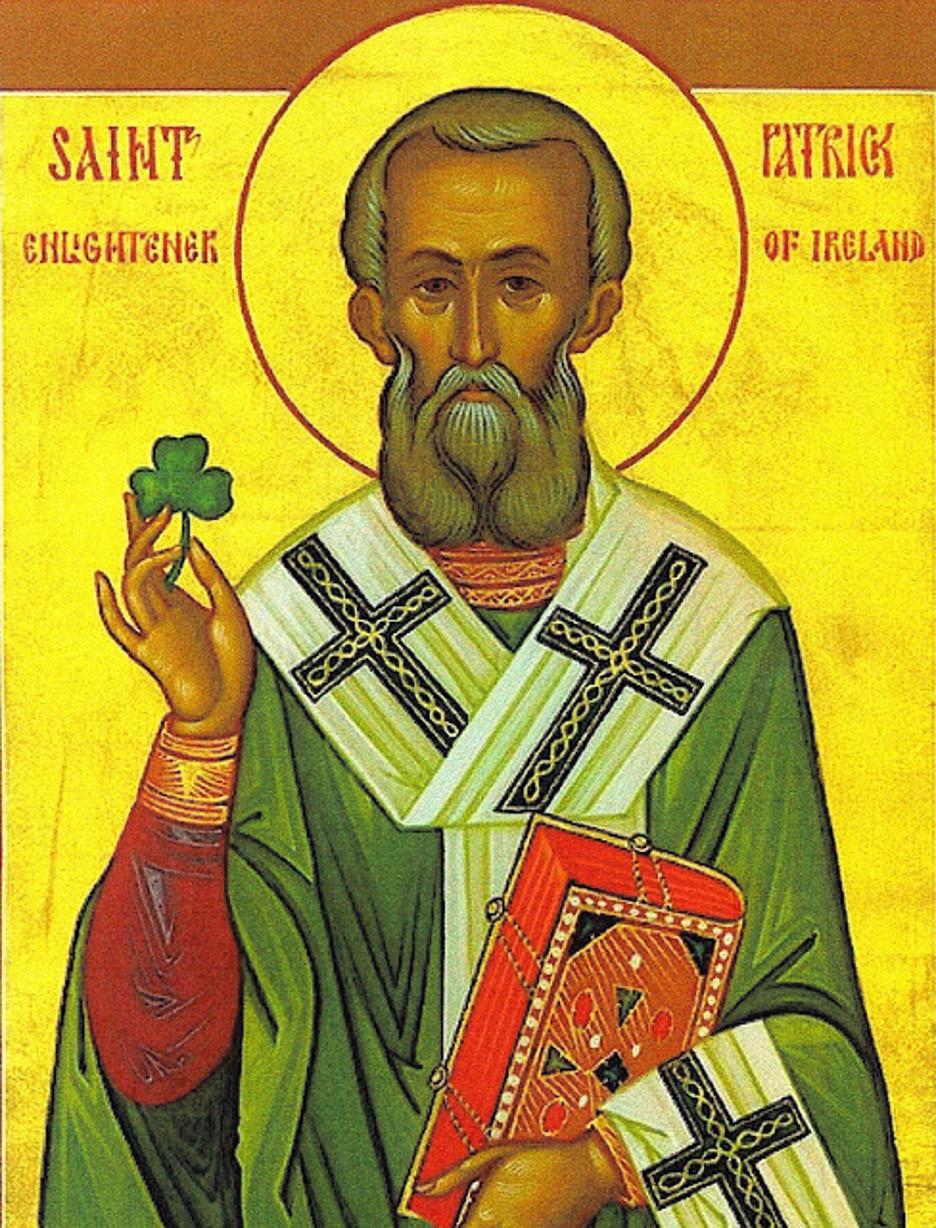
*HE SPENT HIS EARLY YEARS IN IRELAND AS A SLAVE.
Slave traders captured Patrick as a teenager, along with thousands of others. They were all brought to Ireland and sold. Patrick ended up being put to work with sheep and pigs in County Antrim in Northern Ireland.
He later wrote that he deserved to be captured as he believed it happened because of his lack of faith in God. He remained a slave in Ireland for six years.
*PATRICK HEARD VOICES AND HAD VISIONS.
During his time tending sheep in County Antrim, Patrick constantly prayed to God.
As his faith grew stronger, he started hearing voices and was once told, “Your ship is ready!” by an unfamiliar presence. He knew it was time to make his escape back to his homeland.
Once home safely, he was visited by an angel with a message from the people of Ireland to return and save them. “We beg you, Holy Boy, to come and walk again among us,” he reported her saying.
*THERE WERE NEVER ANY SNAKES IN IRELAND FOR HIM TO BANISH.
Legend suggests that while Patrick was enduring a 40-day fast on top of the hill of Tara, a load of slithering snakes appeared and started attacking him. Brave Patrick, however, fought back and drove them all into the sea, banishing them to British soil.
Evidence suggests otherwise. It was far too cold for any type of snake to be remotely interested in visiting Ireland during the fifth century.
The ice age kept the Emerald Isle cool until 10,000 years ago, after which the surrounding seas were enough to deter any unwanted reptilian guests.
*HE HAD A SECRET SIN.
Patrick believed his missionary work in Ireland was a penance for something he did in his younger years. He was often punished for spreading the word of God up and down the country, but it never stopped him.
In his writings, he revealed that someone had disclosed his early sin to the other bishops. “They brought up against me after thirty years something I had already confessed … some things I had done one day – rather, in one hour, when I was young,” Patrick wrote.
He never elaborated on what the specific deed had been, and we can only imagine what he might have done at an earlier age. But it only makes him more charming, giving comfort that not even saints are perfect.
*HE NEVER WORE A SHAMROCK. Children up and down the country of Ireland are taught that St. Patrick used the shamrock to explain the holy trinity to the heathen Irish.

The small green clover has three leaves, representing the Father, the Son, and the Holy Spirit. So, it is very common to pin some pretty seamróg (young clover) to your coat on St. Patrick’s Day before you head off to the parade.
But history suggests St. Patrick did not use the shamrock to explain his Christian beliefs. There is no mention of the plant in any of the stories from that time, and it was only referred to later by English writings, thus creating the myth.
*HE DIDN’T WEAR GREEN. Every year people dig out anything green to wear on St. Patrick’s Day. The country is awash with green hats and scarfs, green outfits, even green water in the rivers that run through our cities. However, early evidence of the patron saint suggests the man himself wore blue.
Since then, however “St. Patrick’s Blue” has been replaced with green, and it looks very unlikely to change.
The green stripe in the Irish flag, the emerald fields that smother the landscape, and the lucky shamrock worn on St. Patty’s Day all play a part in the popular color choice – not to mention the fear of being pinched by a cheeky leprechaun if you don’t wear their favorite emerald shade.
*PATRICK WAS IN HIS 40S WHEN HE BROUGHT CHRISTIANITY TO IRELAND. When he was back on British soil, Patrick decided to embrace his faith and train as a priest. He studied for several years before he felt ready to return to Ireland as a missionary.
He returned as the country’s second bishop and taught Christianity to thousands. He was often punished by pagan chiefs, but by now he was in his 40s and had worked so hard on his faith he was willing to suffer anything. He also believed any challenge to be punishment for his earlier sins.
*PATRICK MEANS “NOBLEMAN.”
The name Patrick is very popular in Ireland. It comes from the Latin name Patricius, meaning “nobleman.” However, the popular saint was actually given the name Sucat at birth and only later given the name Patrick.
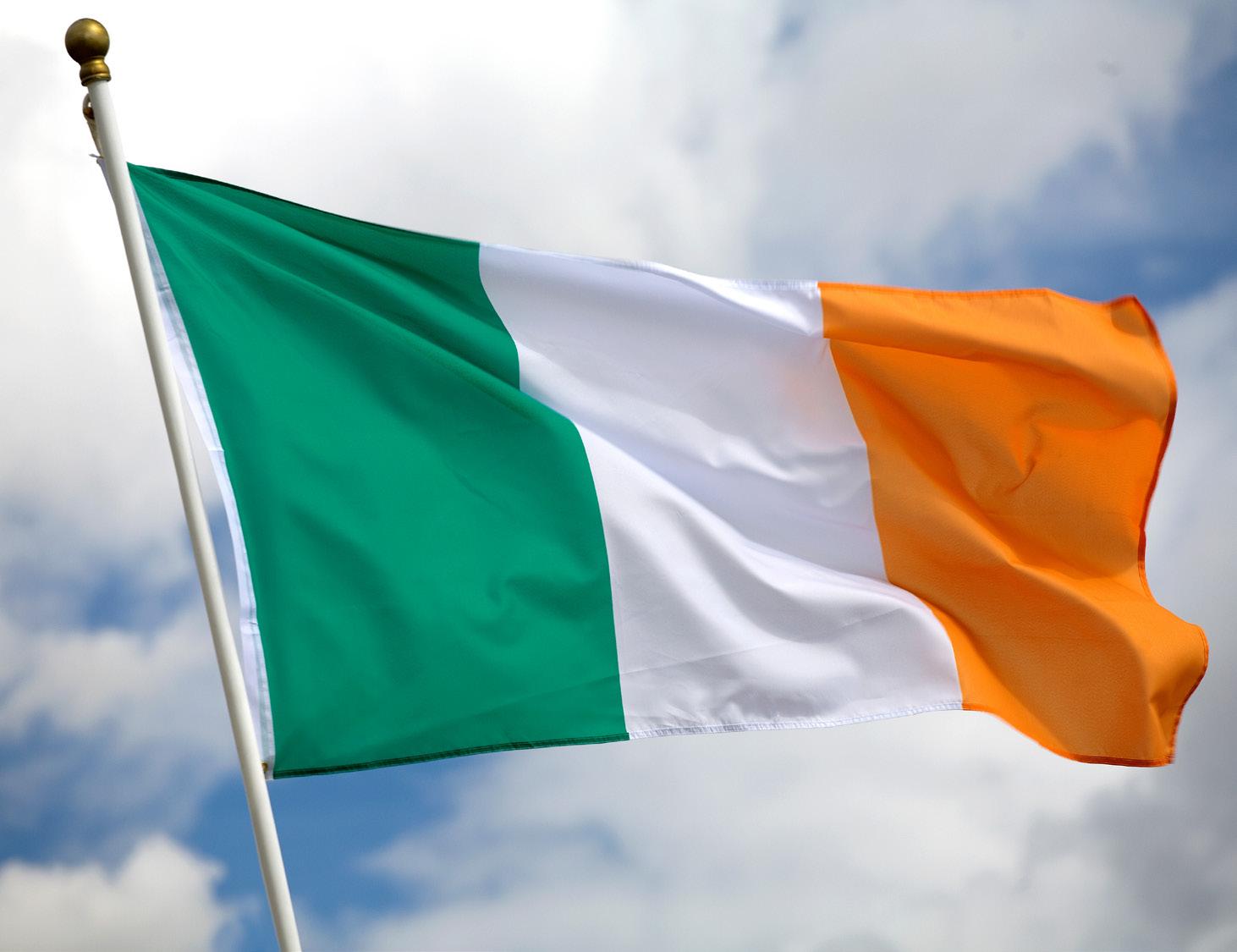
Ireland is now full of Patricks, Padraigs, and Paddys, among other derivatives of the name, but it was only after the 17thcentury people began naming their children after our famous patron.

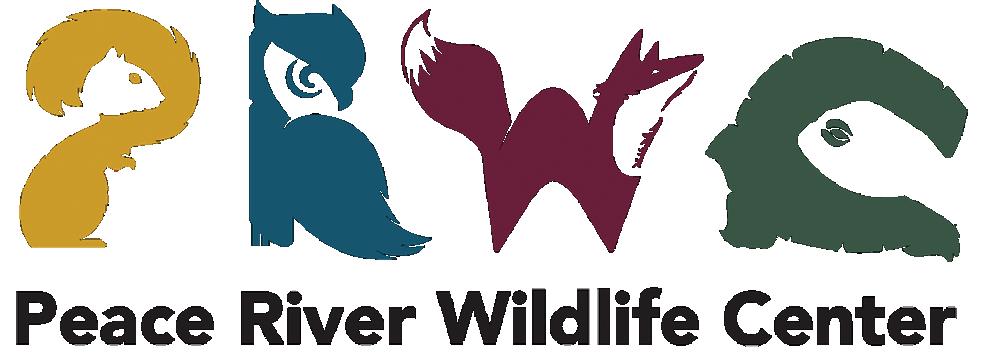
During the month of January, PRWC admitted 132 animals. Our rehabilitation team released 11 animals back into the wild and transferred one to another wildlife facility.
If you encounter injured or orphaned native Florida wildlife in need of care, please bring it to our wildlife hospital located at 223 Dr. Martin Luther King, Jr. Blvd., Punta Gorda. Our hospital is open daily from 8 a.m. to 5 p.m. for intake. Some wildlife may be too dangerous for transport by individuals without proper training. Please call us for any wildlife-related questions or concerns at (941)637-3830. For after-hours emergencies, visit our website at prwildlife.org for additional information.
Our education center and gift shop at Ponce Park have reopened! This location is open to the public from 11 a.m. to 4 p.m., daily. Please do not bring injured animals to this location. Even though this location is an outdoor facility, pets and emotional support animals are not permitted. Only ADA service dogs are allowed. Although we love all animals, our wildlife residents may perceive your pets as predators, which can cause them undue stress and agitation. We appreciate your cooperation for the well-being of the animals that call PRWC their home.
The mission of Peace River Wildlife Center is to contribute to the survival of native Florida wildlife through rescue, rehabilitation and education.
Peace River Wildlife Center is a 501(c)(3) nonprofit organization that receives no local, state, or federal funding. We depend on the generous support of our community and guests to meet this mission.
Peace River Wildlife Center provides the essential service of medical care and wildlife preservation across Charlotte County and Southwest Florida.
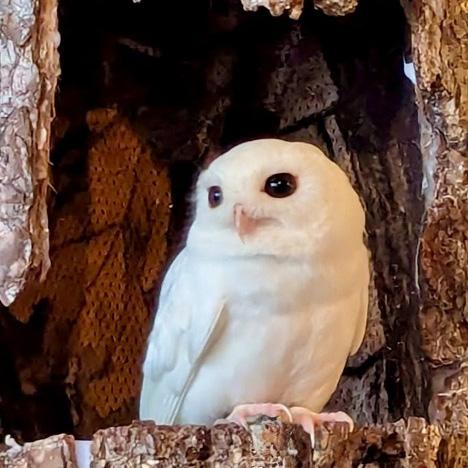
Meet this male Virginia opossum, Patient 25-100, who came to us on January 23, with a critical prognosis. He was showing neurological symptoms and had a severe injury to his right front foot. But thanks to a combination of antibiotics, antiinflammatories, and surgery, he’s made a truly remarkable recovery! Our rehab team has also been using laser therapy to help heal his injuries, and we’re hopeful for a quick recovery and a smooth release back into the wild!

Is this art or are these two of our upcoming releases? We think it’s both! One of these doves was our last mourning dove intake of 2024. It came to us as a nestling and is now almost ready for release. Our wildlife rehab team works hard to keep the animals in our care as wild and untamed as possible, helping
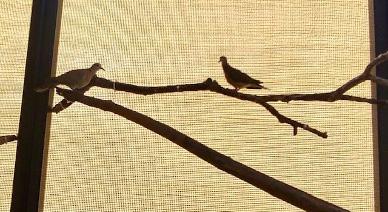
them retain their natural instincts so they have the best chance at success when they return to the wild.
Even our permanent residents require medical care. Pictured here is Jaxon, our non-releasable Virginia opossum, receiving regular laser therapy for a slow-healing tail wound.
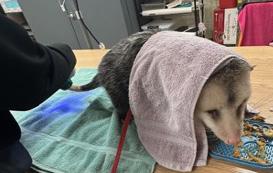
With over 70 aging and vulnerable wildlife residents, plus the injured and orphaned wildlife that come through our doors daily, we are fortunate to have such a skilled and collaborative team on staff at PRWC.


THE KENNEDY SPACE CENTER PLAYED A CRUCIAL ROLE IN LANDING THE FIRST MAN ON THE MOON
The Kennedy Space Center in Florida has a rich history dating back to the 1950s. However, it will always be remembered for the huge role it played in the Apollo program that successfully landed the first man on the moon in 1969.
This stellar achievement would go on to change the course of the world and human history, resulting in the famous words of Neil Armstrong, “That’s one small step for man, one giant leap for mankind.”


Let us know if you would like to be connected with a neighbor. Neighborhood Watch is accepting resident profiles as a community service for those who may need assistance from time to time, particularly in the event of a severe storm or hurricane.
To obtain a copy of the profile and/or to obtain additional information, contact Louise Barrett at (508) 728-8002 or at lbarrett10@comcast.net. The BSL website (bslpoa.org) also has the profile forms and information available.
Furthermore, you can register online at the State of Florida Special Needs registry for “special needs” status if you have a physical, mental, or sensory disability and require assistance during an emergency. Charlotte County Emergency Management, along with the Florida Department of Health in Charlotte County, will strive to provide special needs sheltering and/or transportation to a general shelter.

Our Annual Community Yard Sale will be held on Saturday, March 15 from 8 a.m. to 1 p.m., and a QR code with the list of addresses of those residents participating will be made available to all shoppers. To that end, if you are planning to sell at the yard sale, please send your name and street address to Paula Short at pjsaved3@yahoo. com to be put on the list. For wide-ranging exposure, the sale will be advertised on several online event sites. If you feel that you have too few items to sell, check with your neighbors and perhaps you can combine items at one location, marking
your specific items with a colored dot so everyone knows what monies go to which seller.
Again, if you are planning to participate in the yard sale, please send your name and street address to pjsaved3@yahoo.com.
The deadline to do so is Friday, March 7.
Additionally, volunteers are needed to pull everything together. If you’re interested in lending a hand or have questions, please contact Ava Ritter at (937) 673-8465 or Mary Longo at (516) 659-4789.


A COCKROACH CAN SURVIVE WITHOUT ITS HEAD BEFORE DYING FROM STARVATION
Cockroaches are some of the most enviable species on Earth, thanks to their ability to survive a number of life-threatening situations and come out just fine. For example, a cockroach possesses a higher level of
immunity against radiation than humans, (although cockroaches cannot survive a nuclear explosion), it can hold its breath for as long as 40 minutes, and it can last for weeks without any food.

The most amazing thing of all, though, is that a cockroach can survive without its head! And I don’t just mean for a minute or two … a decapitated cockroach can go on living headless for weeks!



Date: March 1
Time: 7:30 to 9:30 p.m.
Website: http://www.charlotteplayers.org
Event Description: Life has been anything but agreeable at Magnolia Place Assisted Living. The facility is home to a retired burlesque queen, a religious devotee, a sassy nurse, and an ex-Elvis impersonator who are all planning an escape.
Location: Charlotte Players, 1182 Market Circle, Port Charlotte
Contact Information: lori.wagner@charlotteplayers.org
Fees/Admission: $29
Date: March 7
Time: 8 to 9:30 p.m., doors open at 7 p.m.
Website: https://casino.hardrock.com/immokalee/ event-calendar#d_venue=Outdoor||Seminole%20 Center
Event Description: Legendary singing groups The Temptations and The Four Tops will bring their 40th Anniversary Tour to Seminole Casino Hotel
Immokalee. Advance tickets will be on sale Friday, Sept. 27, and will be available online from Ticketmaster or at www.moreinparadise.com. Attendees must be 21 years old. Parking is free.
Location: Seminole Center, 506 S. 1st St., Immokalee
Contact Information: customercare@shrss.com
Fees/Admission: Tickets start at $125



Date: March 8
Time: 10 a.m. to 5 p.m.
Website: http://www.puntagordachamber.com
Event Description: Artisans from around the country will exhibit their wares at this annual art extravaganza, which is the length of Sullivan Street in downtown Punta Gorda.
Location: Downtown Punta Gorda
Contact Information: reception@punta-gordachamber.com
Fees/Admission: FREE to attend

Date: March 22 and 23
Website: http://www.mypromotions.com
Event Description: Explore a vibrant selection of 60-plus vendors showcasing unique arts and crafts, all in the beautiful setting of Gilchrist Park. Enjoy live music, delicious food from a variety of vendors, and stunning water views. Whether you’re looking for handcrafted gifts, amazing art, supporting local businesses, or just a fun day out with family and friends, this event is for everyone. Don’t miss out on one of Punta Gorda’s most beloved annual events! See you there for a weekend of creativity, community, and fun!
Location: Gilchrist Park, 400 W. Retta Esplanade, Punta Gorda
Contact Information: jessie@mypromotions.com or (302) 384-1116 (text only)
Fees/Admission: FREE
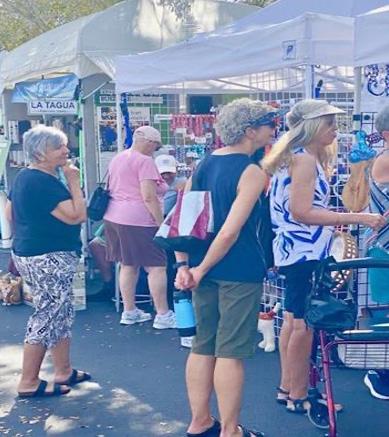


Date: March 23
Time: 2:30 to 5 p.m.
Website: http://pgica.org
Event Description: Mark your calendars! The Punta Gorda Isles Civic Association (PGICA) is excited to announce this entertaining concert! You don’t want to miss this top-notch performance! Bring your own food and beverages to enjoy during the show.
Location: Punta Gorda Isles Civic Association, 2001 Shreve Street, Punta Gorda

Contact Information: Call 941-637-1655, visit our website at www.pgica.org, or stop by the PGICA office, located at 2001 Shreve St., Punta Gorda.
Fees/Admission: Tickets: $30 (PGICA Members) and $35 (General Public)
Date: March 28
Time: 8 to 9:30 p.m., Doors open at 7 p.m.
Website: https://www.ticketmaster.com/ event/0D006189B9AA2205
Event Description: GOLD Entertainment presents Christone “Kingfish” Ingram and Samantha
Fish appearing at Seminole Casino Hotel
Immokalee. Reserved seating tickets for this outdoor concert are available from Ticketmaster or at www.moreinparadise.com. Parking is free.
Location: 506 South 1st St. in Immokalee
Contact Information: customercare@shrss.com
Fees/Admission: Tickets start at $49
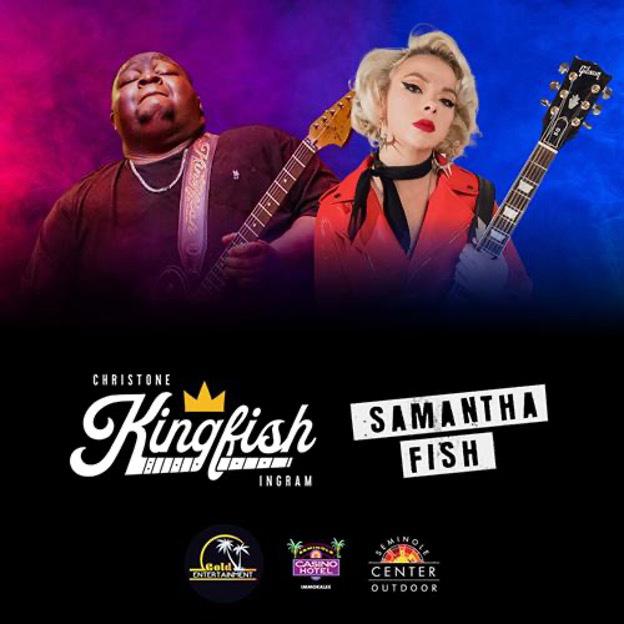
Trivia Night At Coastal Expressions & Wine
Every Thursday, 6 to 8 p.m.
1133 Bal Harbor, Suite 1135, Punta Gorda
Contact information: Lori Sandage at (941) 214-8599 or at loriscoastal-expressions.com
Dance Fusion Class
Every Tuesday and Friday
8:30 to 9:30 a.m.
Punta Gorda Isles Civic Association, 2001 Shreve St., Punta Gorda or by Zoom
Contact information: Carla Peralta, (941) 276-1887 or at carlap@hotmail.com.
Wine-O Bingo At Coastal Expressions & Wine
Every Friday, 6 to 8 p.m.
1133 Bal Harbor, Suite 1135, Punta Gorda
Contact information: Lori Sandage at (941) 214-8599 or at loriscoastal-expressions.com
Live Music At Fishermen’s Village
Every Friday and Saturday, 5 to 9 p.m.
1200 W. Retta Esplanade, Punta Gorda
Contact information at kathyb@fishville.com
Punta Gorda Farmers’ Market
Every Saturday, 8 a.m. to 12 p.m.
Downtown corner of Taylor and Olympia
History Park Sunday Market
Every Sunday
9 a.m. to 1 p.m.
History Park, 501 Shreve St., Punta Gorda
Email: 118pghs@gmail.com

MARCH 1 TO 31
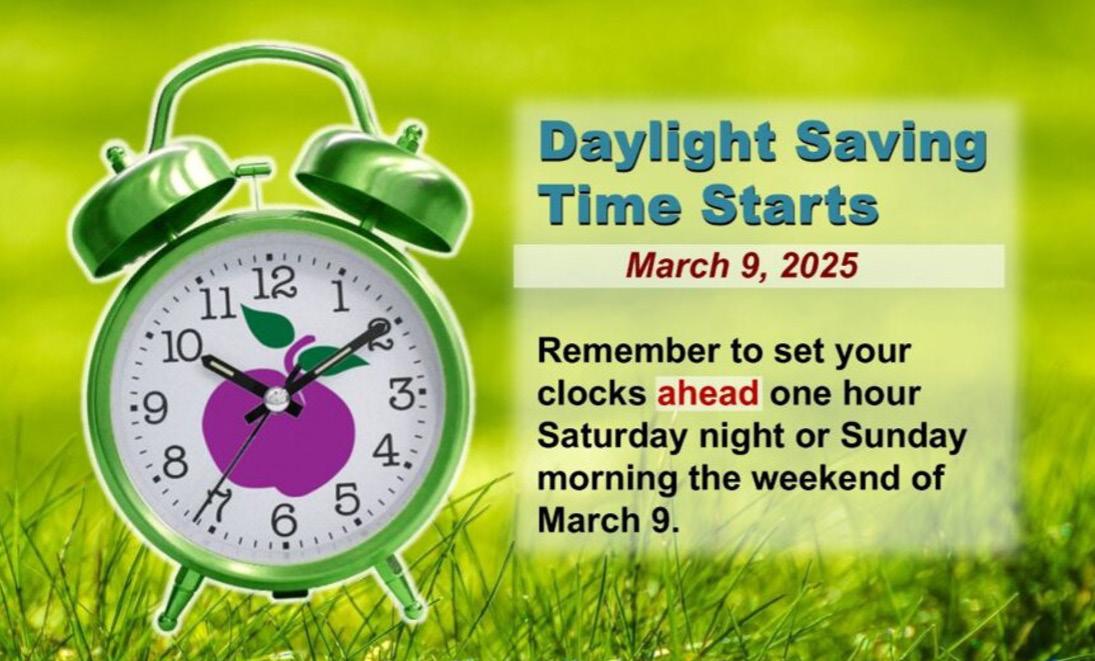

MARCH 17